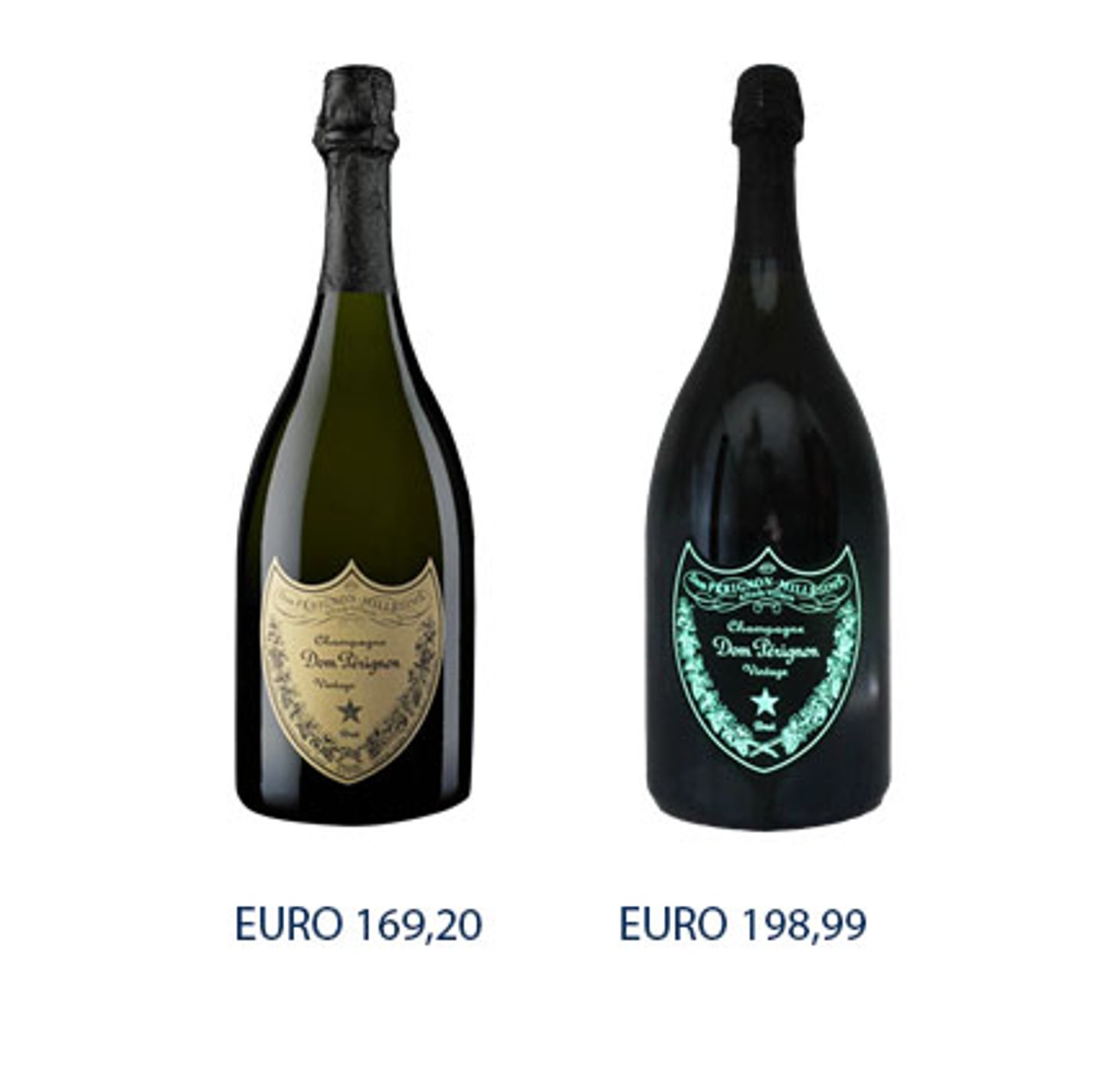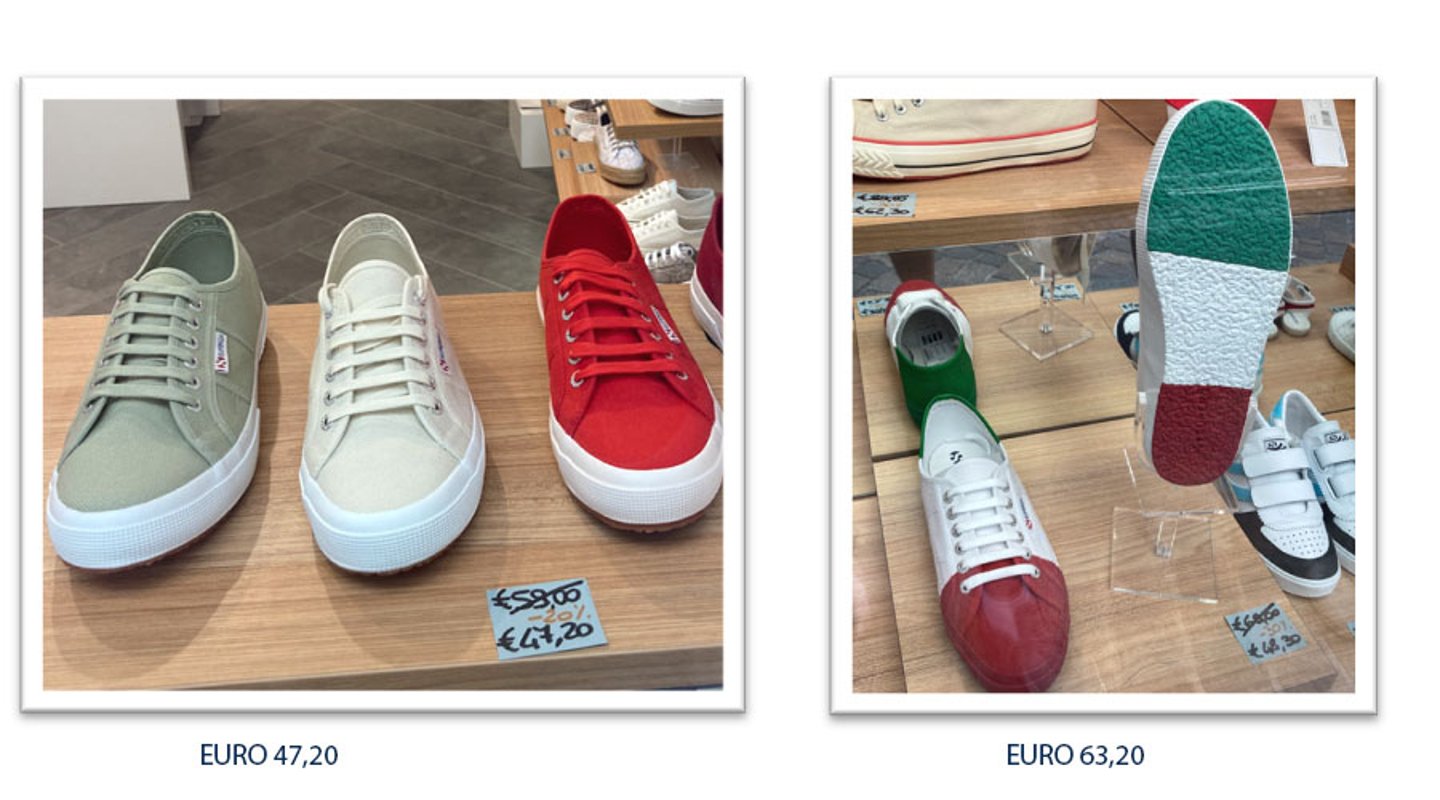Product packaging and Labelling: A New Frontier for Hospitality?
Product packaging and labelling is a pivotal marketing communication discipline. The packaging and labelling of a product communicate clues about the product experience, sets customer expectations and carries important symbolic meaning. A discipline completely ignored in the hospitality sector due to the current technology and distribution landscape the same physical rooms using different names, descriptors, and images having the capabilities needed to sell. Some powerful examples from consumer goods showcase how labelling drives additional revenue and how this can be translated in the hospitality sector using novel hospitality technology.
The following 2 examples show how the exact same product, with the same quality, just with different packaging and labelling yield different returns.
Example 1: Dom-Perignon Vintage
The exact same product is being sold with a fancier label which illuminates in the dark for exactly EURO 29.79 more. You can be sure that the more expensive bottle sells a lot better in party type locations and this does not even include the sales mark-up.
Example 2: Superga Sneakers
The same sneakers with the same functionality and quality, either in color or with the Italian Flag. Given the picture was taken after Italy won the European Football Championship, of course - when being a proud Italian football fan - you pay 16 EURO more for the same shoes.
These examples do not show the revenue generated from the products overall, yet this is beyond the point as different packing and labelling techniques attract different customer segments and stimulate different emotional reactions subject to customer believes and environment.
When talking about the travel industry, guests have different needs and preferences when travelling for business, with their spouse, kids, dog, for vacation or just stopping over. Besides the functional needs for the various trips and the budget limitations, guests will react emotionally different to different types of hotel rooms at the point of purchase. In contrast, booking a hotel room on an aggregator site usually presents an option between standard rooms or deluxe rooms. Everything is comparable; besides some descriptive information of the room inclusions, it comes down to a price difference. This is unfortunate, since we know that hotels have usually a lot more room variances then they are selling online, that are not even shown on their own websites. Without taking in to consideration different reasons for travel, guests will react differently to different room labels and surely have a different willingness to pay as well.
Impact at Point of Sales
According to various research about consumer purchasing behavior, 70% of product choice decisions are made within the store itself. So visual design, images, name, functionality information communicate the brand personality, play a critical role to convert and on the willingness, to pay.
Why would people pay more for the same product just because it’s packaged in a different way? Consumers do not view goods as economical rational beings but rather as symbols of personal attributes, goals, social patterns, and aspirations (Levy ,1959). For some it’s to show-off like the champagne example, for others its personal values like living environmentally friendly and therefore being more attracted by natural and biological type of packing designs for example. Personal reasons to purchase and beliefs can be different, yet smart packaging and labelling can act as the silent salesperson selling the same product more often and for different prices.
KEEP IN MIND...
Consumers choose by personal attributes, goals, special matters, and aspirations (Levy 1959).
Personal reasons to purchase and beliefs can be different. Smart packaging and labelling can act as silent salesperson selling the same product more often and at different prices.
Practical example of how to apply this to hotel rooms
The image below shows a single room of one hotel which is being sold under 2 different labels, using different names highlighting different information. It’s the exact same room but in the first example under Lowest Price, no feature inclusions are being mentioned. In the 2nd example under Most Popular the feature inclusions and space information are being displayed.
The same physical room would be sold again under a different name which sets even different guest expectations. What would guests pay if the room would be sold as a Maria Theresa room, implying a different experience based on the history of the room? For this illustration we just used the same image, however, the entire selling principle will be even stronger if you would use different cover images as well.
Technological requirements
You might be thinking that sounds all fine but is there a technology which enables me to sell the same physical room in multiple ways, highlighting different features, using different images and names?
The answer is yes. When managing room inventory on a feature-based level, breaking away from room categories, a lot of new possibilities arise. From selling opaque with no room details, showcasing all room experience dimensions like location of the room, bathroom etc., repackaging the room product to target specific travel segments creating unique brand experiences or just selling a simplified inventory to fit specific distribution channels are becoming a reality.
Implications for hospitality
It is time that the hospitality industry is arriving in this century. Of course, there is the issue with interfaces into various systems, however this cannot be an excuse anymore.
If your current PMS or channel manager is not integrating easily (without additional costs) to new technology applications, then change it!
Yes, it is time consuming and an effort but it’s worth it. After all, if the hospitality sector would sell dresses, it would look like something as below. Hoteliers can choose to be at the forefront of technology taking control or at the backfoot being told how to sell.






